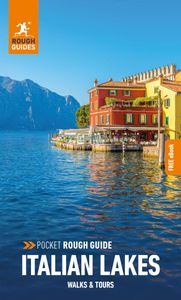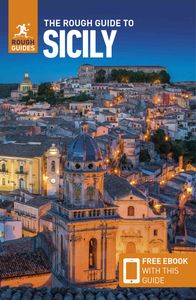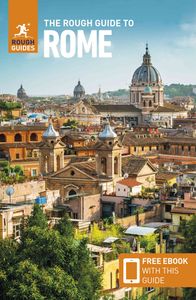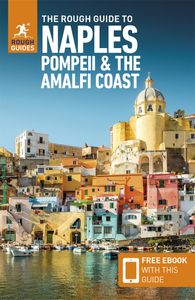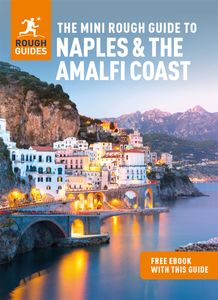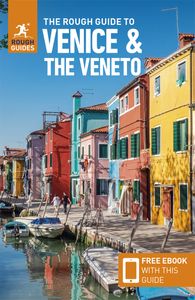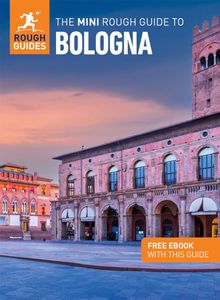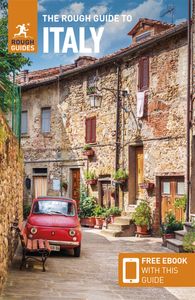Getting to Brescia
Getting to Brescia by car
Brescia is well connected to Milan (approx 40min drive away) via the Torino–Venezia motorway.
Getting to Brescia by train
The town is served by mainline trains from Milano Centrale, Verona, Desenzano/Sirmione and Venice, as well as slower trains from Lecco, Bergamo, Cremona and Parma. The easiest way to reach the historical centre from the train station is by hopping on the metro for one stop to Vittoria station; alternatively, it’s a ten-minute walk.
Getting to Brescia by bus
Flanking the train station are two bus stations – the main Stazione Autolinee, with buses from Verona, Mantua, Iseo, Bergamo-Orio al Serio airport and Brescia-Montichiari airport, and the SIA bus station, with buses from Desenzano, Salò, Riva, Idro and Val Trompia.
Getting around Brescia
Getting around Brescia by metro
Brescia’s metro has one efficient line running daily until midnight (until 1am on Saturdays). As the city centre is easily explorable on foot, you’re likely to only use it to get from the train station to the centre (Vittoria or San Faustino are the most central stops).
Getting around Brescia on foot
Central Brescia is compact and mainly pedestrianized, making it safe and pleasant to wander on foot.
Where to eat in Brescia
Central Brescia has plenty of reasonably priced places to eat, specialising in local dishes such as casoncei (large meat-filled ravioli) and brasato d’asino (donkey stew). Many menus feature pasta stuffed with (or polenta smothered in) bagòss, a local cheese – rich, spicy and flavourful.
Cultural attractions in Brescia
Piazza della Loggia
Brescia’s centre comprises a compact cluster of piazzas linked by cobbled streets. The main square, Piazza della Loggia, is also the prettiest, dating from 1433, when the city invited Venice to protect it from Milan’s power-hungry Viscontis. The Venetian influence is clearest in the fancy Loggia, in which both Palladio and Titian had a hand, and the Torre dell’Orologio, modelled on the campanile in Venice’s Piazza San Marco. Below it, a monument commemorates the Fascist bombing, in 1974, of a trade-union rally here, in which eight people were killed and over a hundred injured: you can still see the blast damage on the pillar. Alongside is the Porta Bruciata, a defensive medieval tower-gate. Streets connect south into the austere, Fascist-built Piazza della Vittoria, under the stern gaze of the monumental post-office building.
Piazza Paolo VI and the duomos
Passages from Piazza della Loggia and Piazza della Vittoria lead east across galleried Via X Giornate through to Piazza Paolo VI, one of the few squares in Italy to have two cathedrals – the Duomo Nuovo, its Neoclassical facade concealing an 80m-tall cupola, and the adjacent twelfth-century Duomo Vecchio, or Rotonda, a circular church of local stone, sunk below the current level of the piazza. Inside, glass set into the transept pavement reveals the remains of Roman baths (a wall and geometrical mosaics) and the apse of an eighth-century basilica, which burned down in 1097. The crypt is supported on a random array of reused Roman columns.
Parco Archeologico di Brescia Romana
In the Parco Archeologico di Brescia Romana it’s possible to admire the incredibly well-preserved Roman ruins of ancient Brixia (today Brescia). Built in the first century BC and featuring lavish decoration, the Santuario Repubblicano houses wonderfully preserved wall paintings that are the only surviving monumental example of Republican Roman painting in northern Italy. At the centre of a terraced sanctuary and dominating the site is the Capitolium, where it’s possible to admire original flooring in coloured marble slabs, fragments of magnificent cult statues and limestone altars. An installation brings the ruins to life with narrative voices and images. By the Capitolium is the Teatro Romano, which dates to the Augustan period and is connected to the temple via the Chamber of Pillars. You can also see the cavea, the theatre’s tiered seating space on the slop of Cidneo Hill where spectactors once sat to watch performances.
Museo di Santa Giulia
Brescia’s fabulous civic Museo di Santa Giulia is housed in an ex-Benedictine convent built over what was a Roman quarter of frescoed villas. The layers of history on show make this a fascinating place to spend a couple of hours. Inside are three churches: twelfth-century San Salvatore, which includes the remains of a crypt built in 762; Santa Maria in Solario, covered in frescoes painted mainly by the Renaissance artist Floriano Ferramola; and the late sixteenth-century church of Santa Giulia, with further frescoes by Ferramola. The museum holds a collection of artefacts chronicling the city’s history, including a life-size Roman Winged Victory in bronze; beautiful Roman mosaic floors and frescoed walls preserved in situ; and the eighth-century wooden cross of Desiderius, first-century King of the Lombards, studded with more than two hundred gemstones.
Pinacoteca Tosio Martinengo
Housed in a historic sixteenth century building, the Pinacoteca Tosio Martinengo has been the home of the city’s art collection since 1908. Showcasing paintings and applied art objects, the exhibition starts with works of the fourteenth century, followed by Raphael’s Christ Blessing (1505) and Angel (1500–1501), before moving on to sixteenth century Brescian painting with works by Vincenzo Foppa, Romanino and Girolamo Savoldo, as well as Giacomo Ceruti’s poignantly humane Beggars. The collection ends with a sculpture by Canova and two monumental paintings by Francesco Hayez.
The Castello
Perched on a hill overlooking the town, Brescia’s Castello is Europe’s second largest fortification. It was begun in the fifteenth century by Luchino Visconti and added to by the Venetians, French and Austrians. Today, it houses the Museo delle Armi Luigi Marzoli, which has one of the most extensive collections of arms and weaponry in Europe.
Museo Mille Miglia
Housed in an eleventh-century monastery complex, the Museo Mille Miglia showcases dozens of classic vehicles with photos, vintage posters, old-style petrol pumps and memorabilia from past Mille Miglia car races. The museum consists of nine sections covering the period from 1927 to the present day. The pathway displays cars belonging to private collectors that are still used during the annual Mille Miglia race.
Top image: Nuovo cathedral, old palaces and modern buildings in Brescia © Roberto Cerruti/Shutterstock







